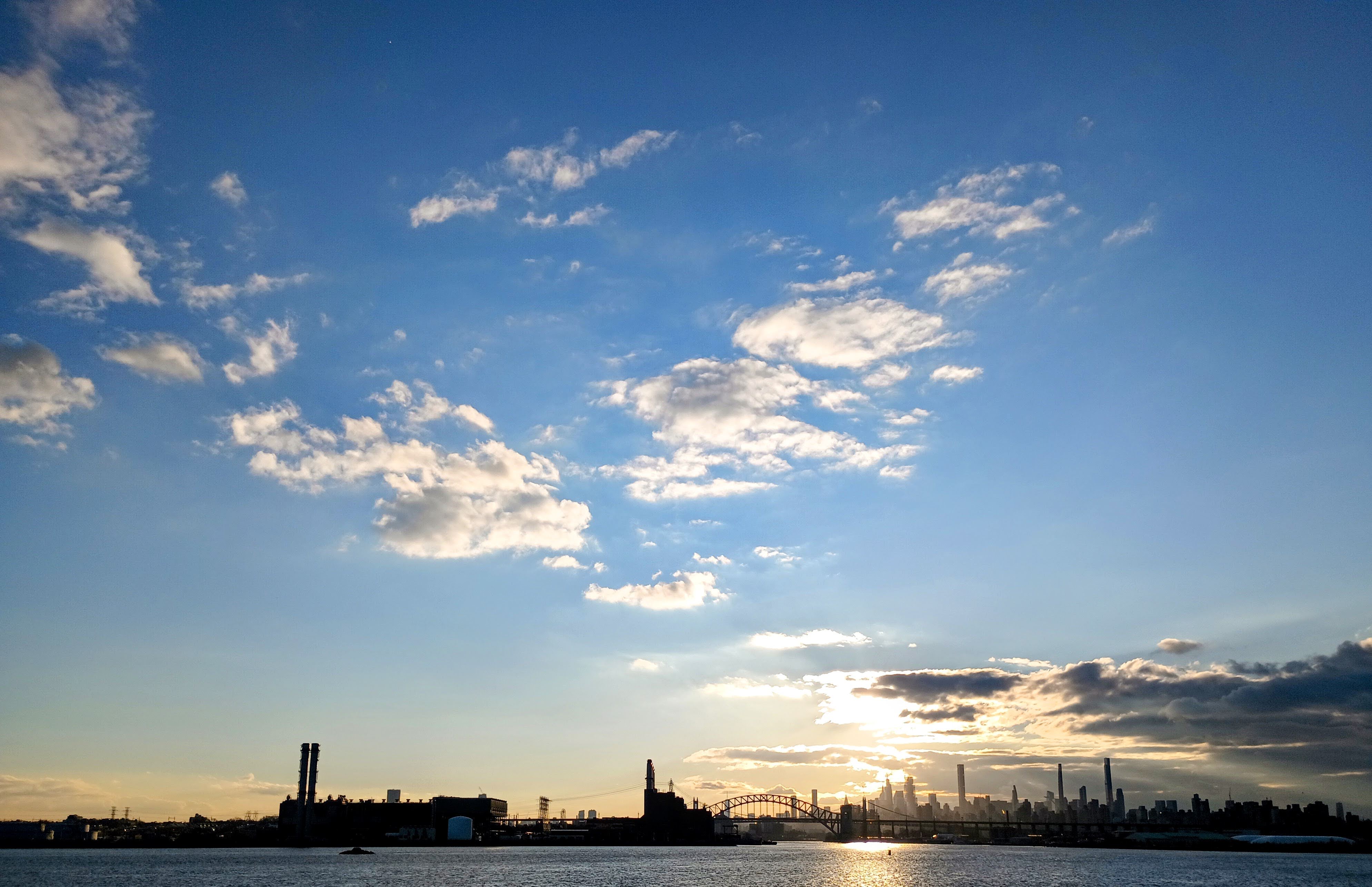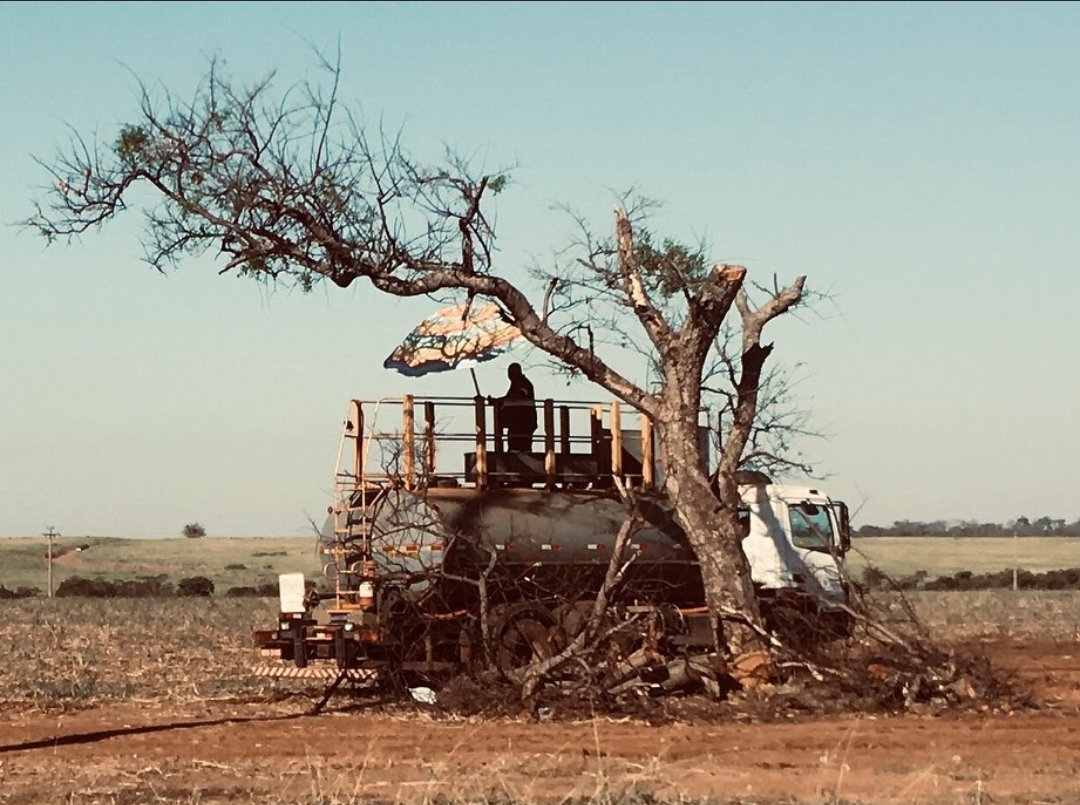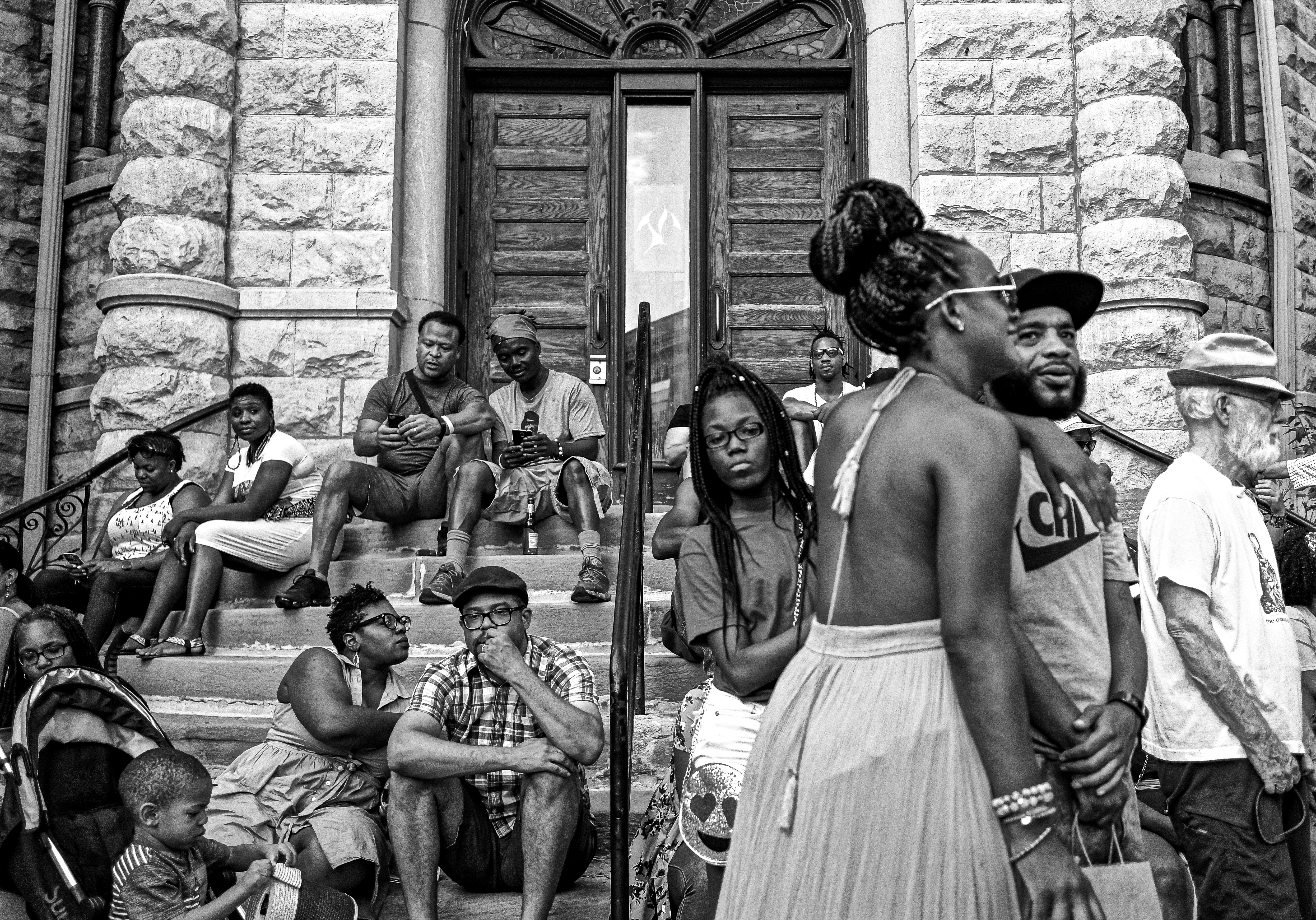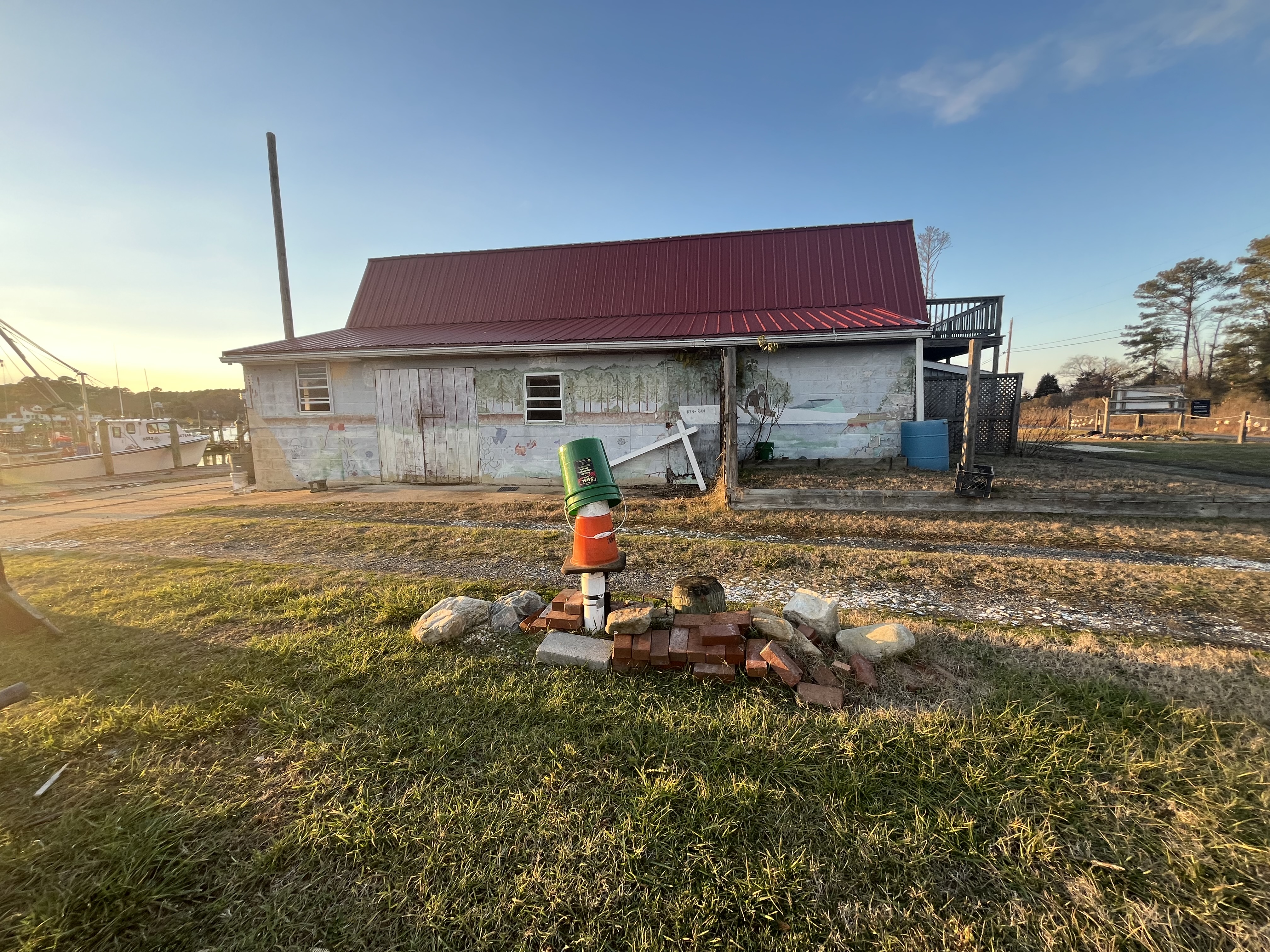- Papers that are submitted should be of original research papers. This can be thesis chapters or term papers. However, no book reviews, literature reviews, etc. are permitted to be submitted.
- Please email all submissions to ukpewg@gmail.com by January 15, 2024.
AWARD DESCRIPTIONS
1. The Best Graduate Student Paper Award
This competition is open to graduate students who have been accepted to present at the DOPE+ conference. The author of the winning paper will receive $250. Graduate papers should be twenty five to thirty pages in length and related to the topic of the presentation, lightning talk, or poster. All papers must use Times New Roman, 12 point font, be double-spaced with one inch margins, and use a consistent, suitable academic citation style. Papers submitted to the graduate competition must have been completed during the current or previous academic year and must include proof of student status during the current or previous academic year (show documentation by cc’ing academic advisor of academic institution in the email). Submissions should be sent in Microsoft Word and PDF attachments via email to the DOPE+ email, at ukpewg@gmail.com by January 15, 2024.
2. The Best Undergraduate Student Paper Award
This competition is open to undergraduate students who have been accepted to present at the DOPE+ conference. The author of the winning paper will receive $250. Undergraduate papers should be fifteen to twenty pages in length and related to the topic of the presentation, lightning talk, or poster. All papers must use Times New Roman, 12 point font, be double-spaced with one inch margins, and use a consistent, suitable academic citation style. Papers submitted to the undergraduate competition must have been completed during the current or previous academic year and must include proof of student status during the current or previous academic year (show documentation by cc’ing academic advisor of academic institution in the email). Submissions should be sent in Microsoft Word and PDF attachments via email to the DOPE+ email, at ukpewg@gmail.com by January 15, 2024.
3. The Best Independent Scholar Paper Award
This competition is open to independent scholars and scholar activists who are not currently affiliated with an academic institution and who have been accepted to present at the DOPE+ Conference. The author of the winning paper will receive $250. Papers should be fifteen to thirty pages in length and related to the topic of the presentation, lightning talk, or poster. All papers must use Times New Roman, 12 point font, be double-spaced with one inch margins, and use a consistent, suitable academic citation style. Papers submitted to the independent scholar/scholar activist competition must have been completed within the past eighteen months and must not have appeared in any publication. Submissions should be sent in Microsoft Word attachments via email to the DOPE+ email, at ukpewg@gmail.com by January 15, 2024.
4. The Best Photo Award
This photo competition is open to all those who are registered to participate in the DOPE+ conference. The winning photo will receive $50. The photo can be submitted under any topic related to the conference theme ‘Creating From Crisis’.
Potential topics include but are not limited to:
- Portrait of political ecology in a broader sense
- Unequal socioeconomic conditions
- Human-Environment relations
- Nature/Society
- Multiscalar landscapes
- Scholar-Activism
- Liberation
The photo submission should also include a 100 word description maximum along with a short title and the location (if relevant) where this photo was taken.
Submissions should be sent as JPG attachments via email to the DOPE+ email, at ukpewg@gmail.com by January 15, 2024.
All photos will be displayed on the DOPE+ official website. We will send out a google poll ahead of time so that registered conference participants can vote to select the best photo.
Photos Submitted for Photo Award
1. ‘The Business of Saving Cheetahs’
By Suzanne Brandon
Topic - Human-Environment Relations
When we envision nature, often we think of free roaming wildlife and spectacular landscapes. Arriving in Namibia, one would expect vast panoramas of pristine nature with cheetahs racing across the savanna after prey, hunting in the grasses, and/or napping in the afternoon shade. With popular images of the species roaming freely in the wild, it might come as a surprise to see cheetahs in enclosures. At cheetah conservation NGOs in Namibia, the expected sweeping vistas with free-roaming wildlife transform quickly into landscapes where cheetahs and other species are in enclosures. At these organizations, cheetah conservation is a business.

2. Title: Calcareous Dolomitic Seep [Garden]
Location: Powell River Valley, Tennessee
Submitted by James Zimmerman
Description: This photo shows Grass-of-Parnassus growing in Calcareous Dolomitic Seep in the Powell River Basin in East Tennessee, with higher population density following the seeping water. In 2009, a small calcareous seepage zone was discovered, revealing six new species to the state and a newly described species: Trautvetteria fonticalcarea. These dolomitic seeps are sufficiently rare that they should be a focus for conservation. The Knoxville Botanical Gardens has invested in recreating a Seep Garden feature on their grounds. The goal of the garden is to showcase the beauty of the rare ecotype and its species to bring awareness and conservation efforts.
3. Title: City of Islands
Submitted by Eric Goldfischer
Description: The NYC ferry is a visceral reminder that we live on a city of islands, where four out of the five boroughs do not belong to the mainland of the United States. But it also reminds me of the intersecting political, human, and ecological crises currently facing the city. The crisis of wealth accumulation created the new (and mostly empty) super-tall buildings that poke out behind bridges. The crisis of xenophobia leads to recently-arrived New Yorkers being placed in refugee camps on the edges of these islands. And, of course, the crisis of climate change erases the border of river and land.
 4. Title: Canavial (Sugarcane Field)
4. Title: Canavial (Sugarcane Field)
Submitted by Paulo Cesar Zangalli Junior
Location: Araçatuba, São Paulo State, Brazil.
Description: The photo reveals the contradictions of biofuel production (ethanol), an alternative sold as a possibility to tackle climate change. Sugarcane, in its plantation model, is the historical representation of land concentration and power in a society with colonial and enslaved person roots like Brazil. The photo shows a worker seeking shade from a completely chopped-up tree in a sugarcane field. The production of Brazilian ethanol has meant dispossession to the rural population and concentrating land in large latifundio. The monoculture model devastates biodiversity in the ecosystems of the Atlantic Forest and the Brazilian savannas.

5. april l. graham-jackson | PhD Candidate | UC Berkeley
Roderick E. Jackson | PhD Student | UC Berkeley
“Black chicagoland is a dreamworld where Black chicagoness was shaped and (re)produced by
its boundedness, but never confined by it. Black chicagoness travels through the veins of Black
chicagoans like the trains routing their city and its peripheries. Black chicagoness is and has always been chicagoing as both root and route.” —the jacksons

6. The Seafruit, Credits: Photo by Mahree Annan. Location: St. Georges Island, MD.
With economic, ecological, and cultural instability, The Fruit of the Sea, Captain Jack Russell of
Piney Point's Oyster House, has maintained an unwavering commitment to Chesapeake life. This
gathering place provides cultural enrichment and environmental education, contributing to the
preservation of rural heritage unique to St. Mary's County. This building retains its standing since
1971 as a presentation of maritime culture. Providing environmental education through
waterfront recreation as well as Chesapeake exploration, the building engages the community in
appreciating the art of oystering while highlighting the distressing reality of environmental,
public, and economic health in the 21st century.
